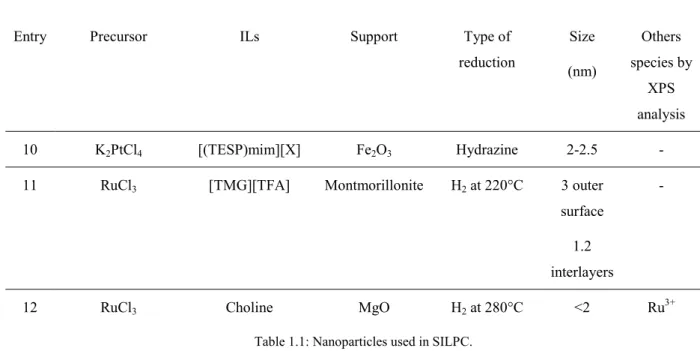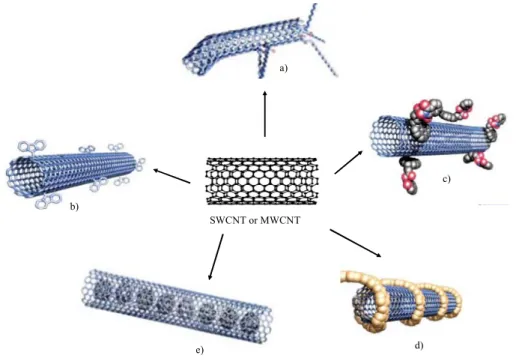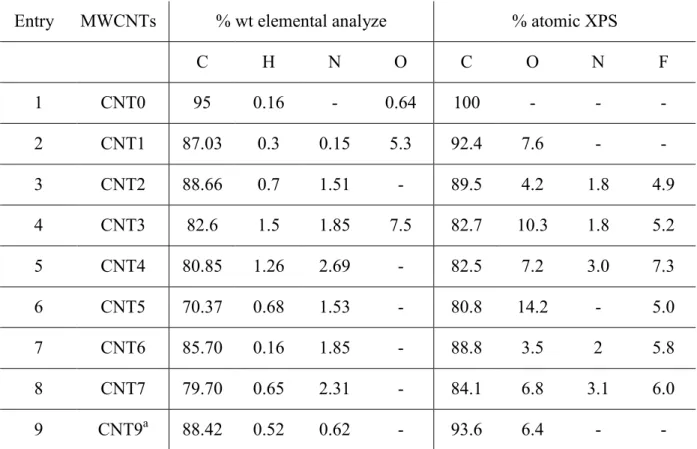New catalytic systems based on carbon nanotubes supported ionic liquid phase
Texte intégral
Figure
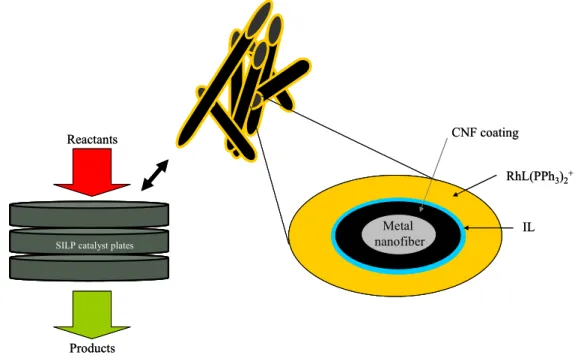
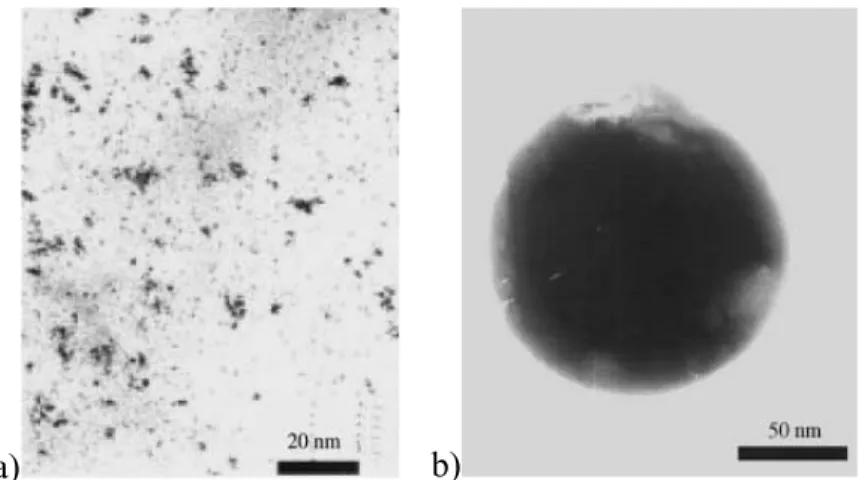

![Figure 1.7: TEM and electron diffraction images of various supported Pd catalysts. (a) Pd/PS–IL[BF 4 ], (b) Pd/PS–IL[PF 6 ], (c) Pd/PS–IL[Cl], (d) Pd/SiO 2 –IL[Cl], and (e) electron](https://thumb-eu.123doks.com/thumbv2/123doknet/3733910.111986/40.896.137.791.248.915/figure-electron-diffraction-images-various-supported-catalysts-electron.webp)
Outline
Documents relatifs
Simulations of the gas phase chemistry (C 2 H 2 /H 2 ) coupled with surface reactions for the catalytic growth of carbon nanostructures (nanotubes/nanofibers), using
Coupling of reaction and G-L mass transfer.. ratio of 70 for olefin in between org. & IL ) Stable activity under recycling (Rh loss: 1-2 ppm) Supported ionic liquid
Catalytic Chemo and Stereoselective Semi-Hydrogenation of Alkynes to E-Alkenes Using the Combination of Pd catalyst and ZnI 2... Catalytic Chemo and Stereoselective
STUDYING THE CATALYTIC GROWTH OF SINGLE-WALLED CARBON NANOTUBES WITH IN SITU RAMAN MEASUREMENTS.. GDR-I Graphène Nanotubes, Feb 2011,
To determine the rate law for the catalytic hydrogenation of cyclohexene with [1]ACHTUNGTRENNUNG[BF 4 ], we performed the catalytic hy- drogenation of cyclohexene with
The NOx Selective Catalytic Reduction (SCR) with ethanol has been investigated over alumina supported silver catalyst with a special attention to the main involved reactions
A series of experimental conditions (the M/G ratio of alginate, the biopolymer concentration, the freezing temperature, the type of ionic liquid, the concentration of porogen
As for acid catalysis, model reactions can be used to generate catalytic descriptors of the metallic phase.. Naphthenes dehydro- genation reactions satisfy several requirements to
